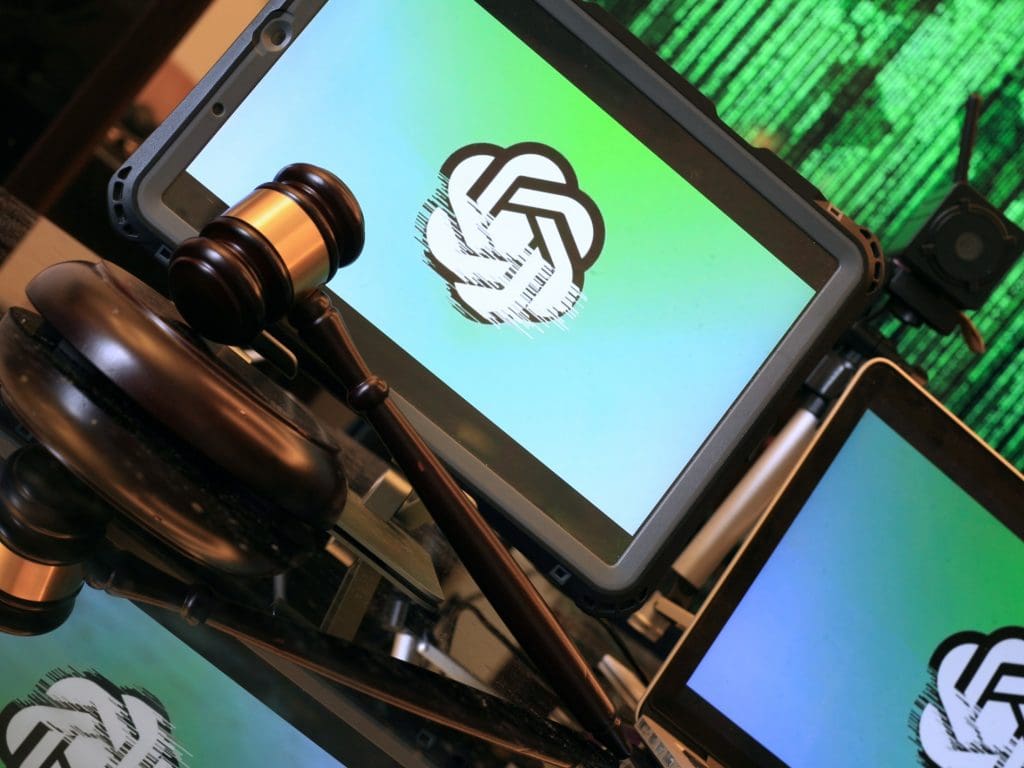In-Short
- Over 40% of Japanese companies have no immediate AI adoption plans.
- 60% of firms adopting AI aim to address labor shortages.
- 15% of surveyed companies experienced cyberattacks in the past year.
- 50% support changing Japan’s surname law for married couples.
Summary of Japanese Corporate Attitudes Towards AI and Social Changes
A recent survey by Nikkei Research, reported by Reuters, has revealed a significant divide in AI adoption among Japanese companies. While nearly a quarter have integrated AI into their operations, a notable 41% have no plans to utilize the technology. The primary motivations for those adopting AI include addressing labor shortages, reducing labor costs, and enhancing research and development.
Despite the potential benefits, companies face challenges such as employee anxiety over job security, lack of expertise, high costs, and doubts about AI reliability. Additionally, cybersecurity remains a pressing issue, with 15% of companies experiencing cyberattacks, leading to business disruptions and data breaches. In response, firms are either outsourcing cybersecurity or developing in-house capabilities.
The survey also touched on social issues, revealing that half of the companies support a change in Japan’s marriage laws that require couples to share a surname, a practice that has been criticized for affecting individual identity and imposing burdens on women. While some see the change as a reflection of evolving societal norms, others worry it could weaken family bonds.
This comprehensive survey highlights the complexities Japanese businesses face in adopting new technologies and adapting to social changes, indicating a corporate landscape that is cautiously navigating the path of innovation and tradition.
Further Reading
For more detailed insights into the survey and its implications for Japanese businesses and society, please visit the original source.
Footnotes
Image credits and external sources referenced within the article are acknowledged where applicable.










